What Every Runner Should Know About Muscle Fascia and Massage
At Prime Sports Institute in Bellingham, WA, we understand that fascia is just as important as muscles when it comes to running performance and injury prevention. Fascia is a complex web of connective tissue that envelops muscles, bones, nerves, and organs—essentially a “sausage casing” for muscles. Let’s break down why fascia matters for runners, how massage influences it, and how our services help you maintain seamless fascial mobility.
Why Fascia Matters for Runners
Fascia’s Role in Movement and Force Transfer
Fascia isn’t inert—it’s elastic, fluid-rich, and sensory. It stores and releases energy, transmits muscular forces, and even influences proprioception. Healthy fascia must glide smoothly; when it stiffens or adheres, it restricts joint mobility, disrupts stride efficiency, and elevates injury risk.
How Running Affects Fascia
Repetitive stride patterns, high mileage, and poor movement patterns can create micro‑injuries, adhesions, and tension within the fascia. Tight calf‑plantar chains or hamstring restrictions often trace back to fascial imbalances.
Related: Why Recovery Days Should Include Massage, Not Just Rest
How Massage Supports Fascia Health
Gentle Pressure to Release Adhesions
Massage applies controlled shear and sliding forces to fascia, helping separate fascia from muscle and dissolve knots. This softening effect restores glide and release.
Improved Circulation and Hydration
Stimulation from massage increases blood and lymph flow to fascial layers, supplying nutrients, removing inflammation, and maintaining fluidity within the fascia .
Neurological Reset for Fascia Tone
Massage can reduce neural excitability and tone within muscle–fascia units, allowing tissues to reset via parasympathetic activation.
Fascia-Focused Services at Prime Sports Institute
Sports Massage with Myofascial Emphasis
In Bellingham, our sports massage targets common runner complaints—tight calves, IT bands, hamstrings, and plantar fascia. Therapists apply myofascial release to enhance glide and flexibility.
Medical/Deep Tissue Techniques
Our deeper techniques reach underlying fascial layers to address chronic restrictions. Runners notice better stride, reduced pain, and more elasticity post‑session .
Specialty Modalities & Self‑Release Guidance
We offer Thai-style stretching, trigger‑point work, foam‑rolling instruction, and gua‑sha coaching to help runners maintain fascial health at home.
Related: How Bellingham Lymphatic Drainage Massage Supports Athletes' Recovery
Integrated Recovery — Beyond Massage
Guided Mobility & Fascial Stretch Therapy
Our trainers and therapists integrate assisted fascial stretching (similar to FST), teaching runners gentle traction, oscillation, and PNF-inspired contractions to decompress fascia safely.
Recovery Lounge Tools
Compression boots, infrared saunas, hot/cold contrast tubs, and guided recovery sessions all enhance lymphatic flow to fascia and flush inflammation.
Athletic Training & Injury Prevention
Strength coaches work with therapists to address biomechanical imbalances revealed in fascial patterns—such as calf‑glute weakness—ensuring your fascia and muscles move as one.
The Benefits Runners Experience with Prime
Improved stride length and efficiency, thanks to fascial glide and elasticity.
Reduced tightness and soreness in calves, hamstrings, IT bands, and plantar fascia.
Enhanced mobility and joint range, lowering risk of overuse injuries .
Faster recovery from workouts, with less DOMS and quicker return to training.
Overall body awareness and movement quality, through fascia-aware training and massage.
Related: Elevating Bellingham Fitness: How Prime Sports Institute Bridges Performance and Wellness
Fascia-Friendly Recovery Plan at Prime
Start with assessment: Our therapists evaluate fascial restrictions and muscle patterns.
Book a sports or medical massage focusing on fascial release.
Add guided mobility or fascial stretch session post-massage.
Use recovery lounge tools to enhance circulation and reduce inflammation.
Commit to at-home self-release drills (foam rolling, gua‑sha, stretching) taught during your sessions.
Why Trust Prime Sports Institute?
Located at 1704 N State St, Bellingham, we combine licensed massage, athletic training, physical therapy collaboration, and recovery tech—all focused on fascial health. Our team deeply understands how fascia works for runners, and our membership plans ensure consistent pre‑run prep and post‑run care.
If you’re training for the Bellingham Bay Marathon or chasing your next PB, investing in fascial care is key to staying strong, flexible, and injury‑resistant.
Ready to unlock the power of fascia? Book your fascia-focused session today at Prime Sports Institute. Run freer, recover faster, and reach your peak with our expert-guided care.
Prime Sports Institute: Where fascia flow meets runner performance!


